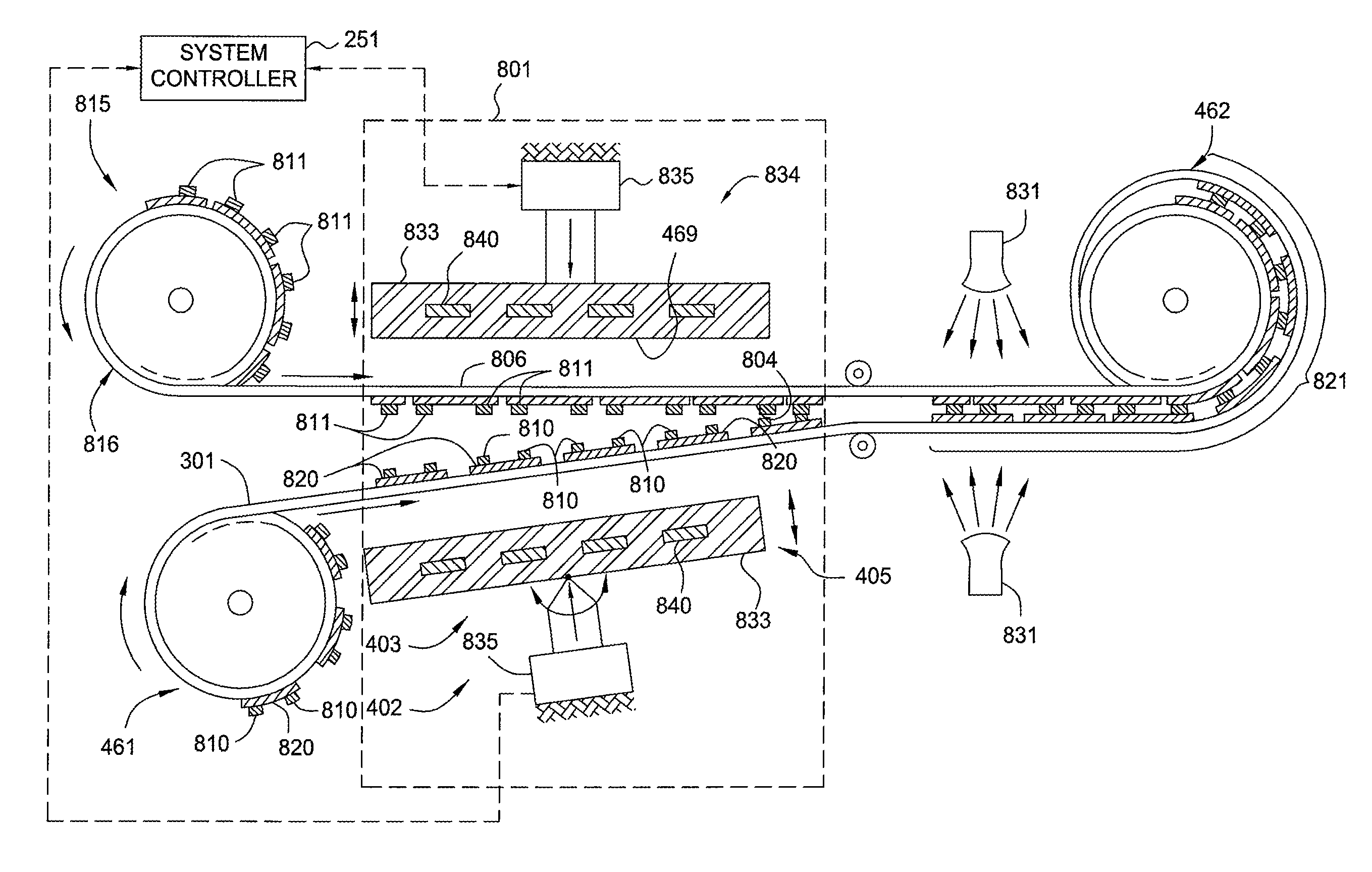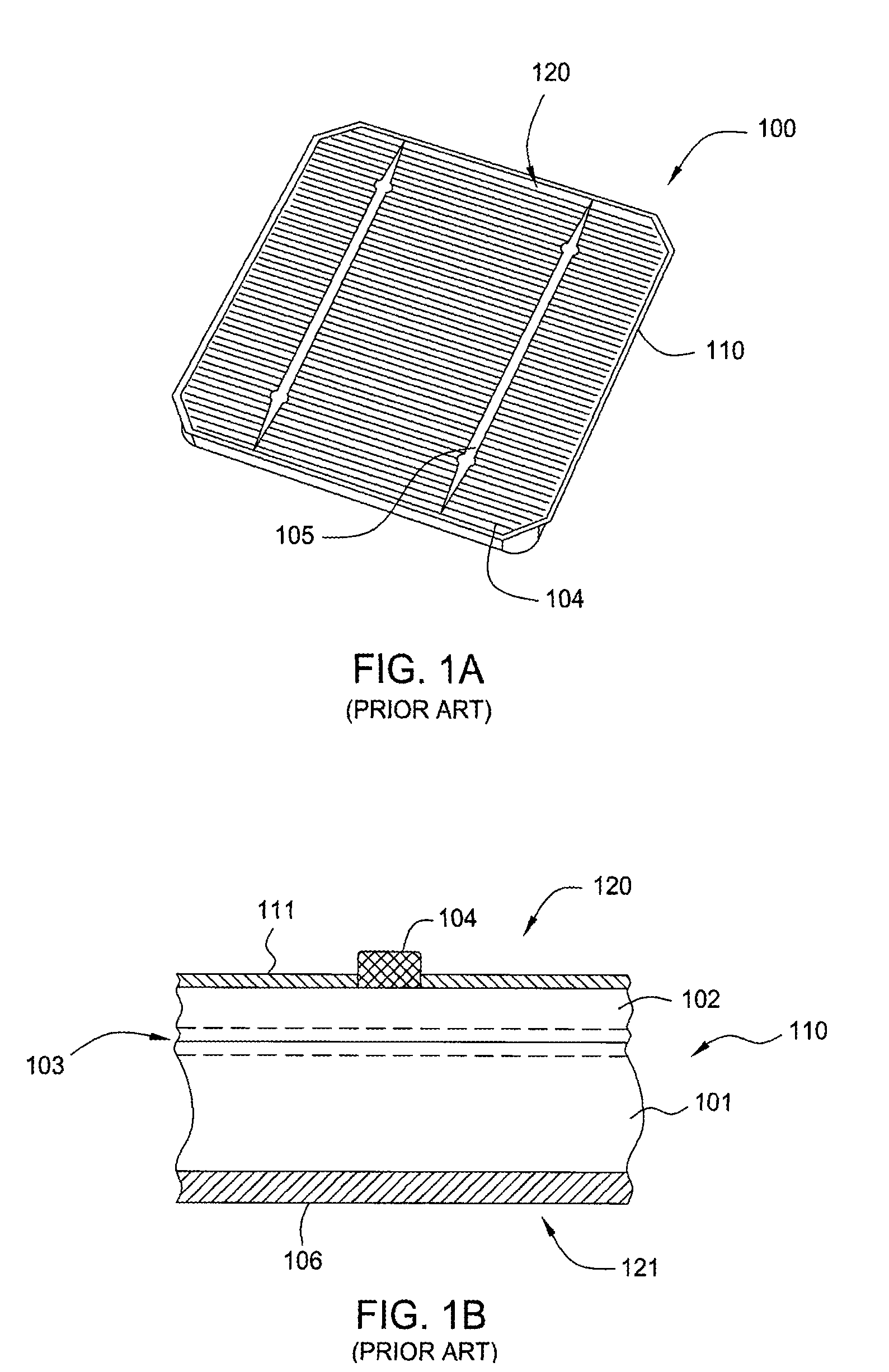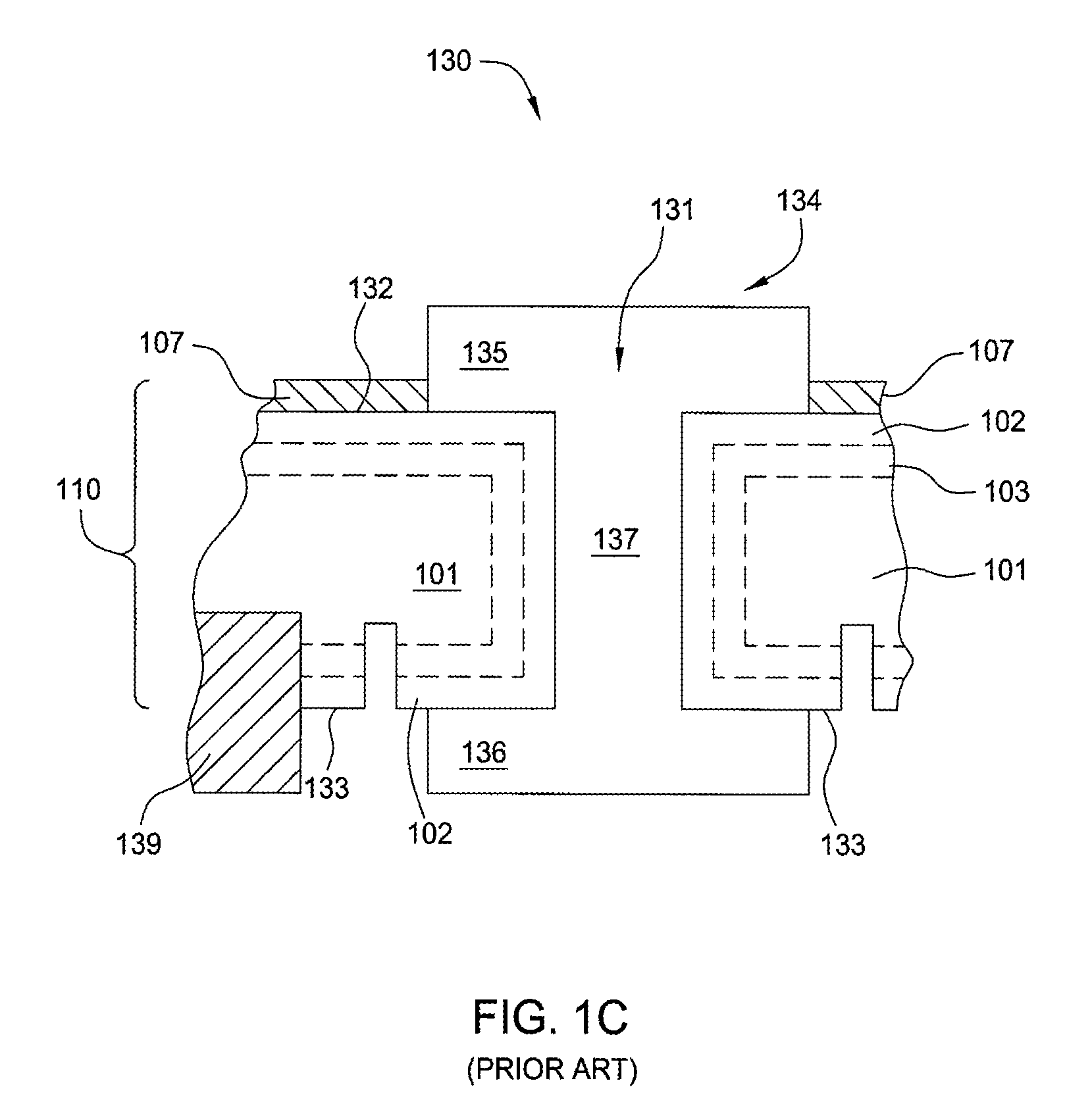Electroplating on roll-to-roll flexible solar cell substrates
a solar cell and flexible technology, applied in the direction of vacuum evaporation coating, optical elements, power plants, etc., can solve the problems of reducing the effective surface area of the light-receiving surface, increasing the shadowing loss due, and reducing the resistance loss
- Summary
- Abstract
- Description
- Claims
- Application Information
AI Technical Summary
Benefits of technology
Problems solved by technology
Method used
Image
Examples
Embodiment Construction
[0036]Embodiments of the invention contemplate the formation of a low cost flexible solar cell using a novel electroplating method and apparatus to form a metal contact structure. The apparatus and methods described herein remove the need to perform the often costly processing steps of performing a mask preparation, formation and removal steps, such as lithographic steps and inkjet printing steps, to form a contact structure. Solar cell substrates that may benefit from the invention include flexible substrates may have an active region that contains organic material, single crystal silicon, multi-crystalline silicon, polycrystalline silicon, germanium (Ge), and gallium arsenide (GaAs), cadmium telluride (CdTe), cadmium sulfide (CdS), copper indium gallium selenide (CIGS), copper indium selenide (CuInSe2), gallilium indium phosphide (GaInP2), as well as heterojunction cells, such as GaInP / GaAs / Ge or ZnSe / GaAs / Ge substrates, that are used to convert sunlight to electrical power. The f...
PUM
| Property | Measurement | Unit |
|---|---|---|
| thicknesses | aaaaa | aaaaa |
| temperatures | aaaaa | aaaaa |
| thick | aaaaa | aaaaa |
Abstract
Description
Claims
Application Information
 Login to View More
Login to View More - R&D
- Intellectual Property
- Life Sciences
- Materials
- Tech Scout
- Unparalleled Data Quality
- Higher Quality Content
- 60% Fewer Hallucinations
Browse by: Latest US Patents, China's latest patents, Technical Efficacy Thesaurus, Application Domain, Technology Topic, Popular Technical Reports.
© 2025 PatSnap. All rights reserved.Legal|Privacy policy|Modern Slavery Act Transparency Statement|Sitemap|About US| Contact US: help@patsnap.com



